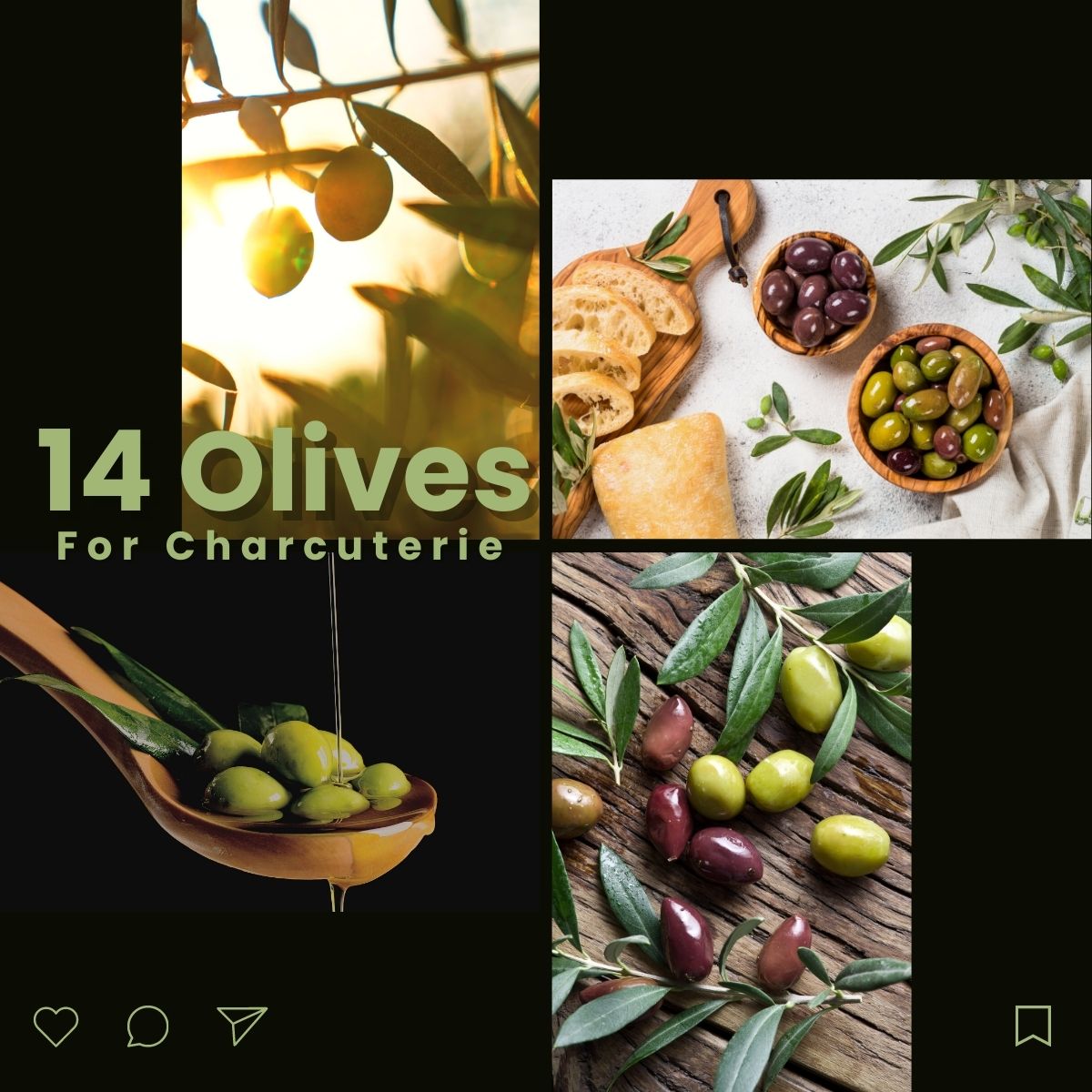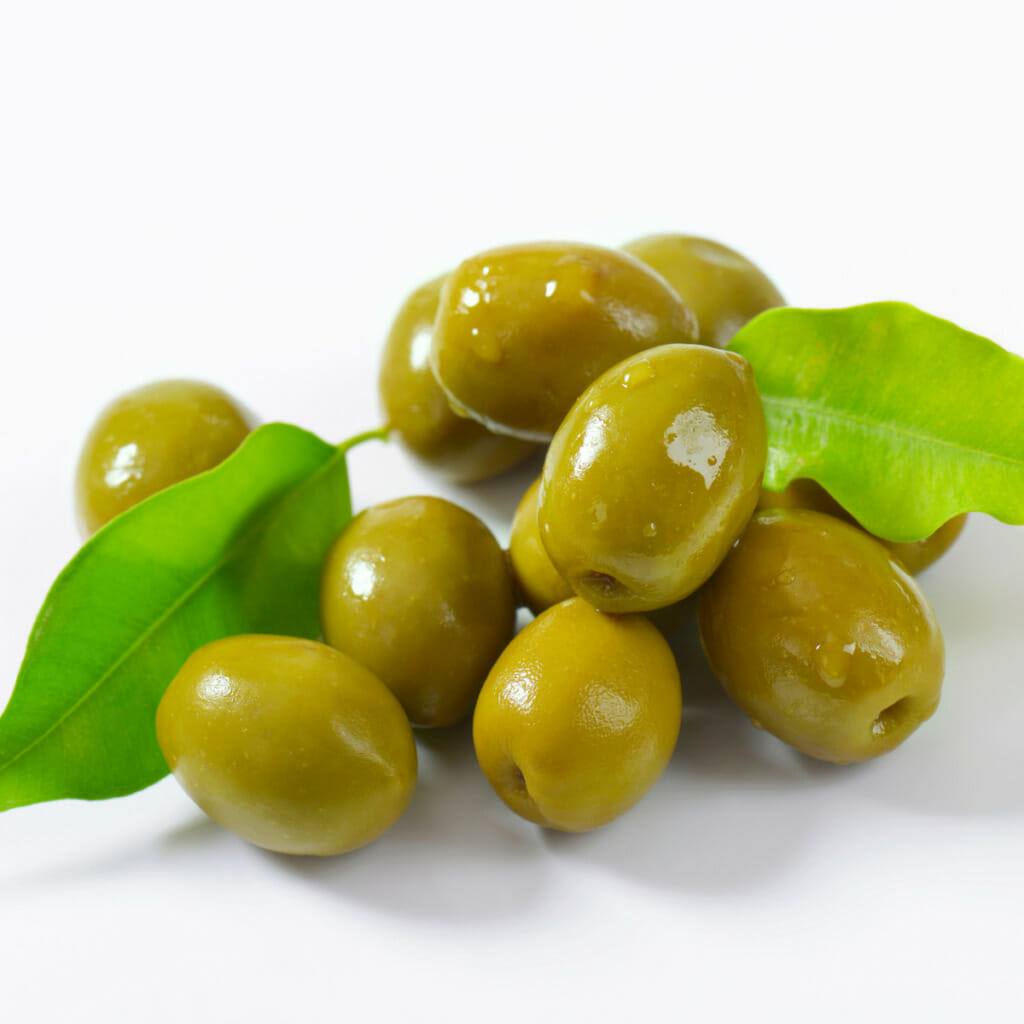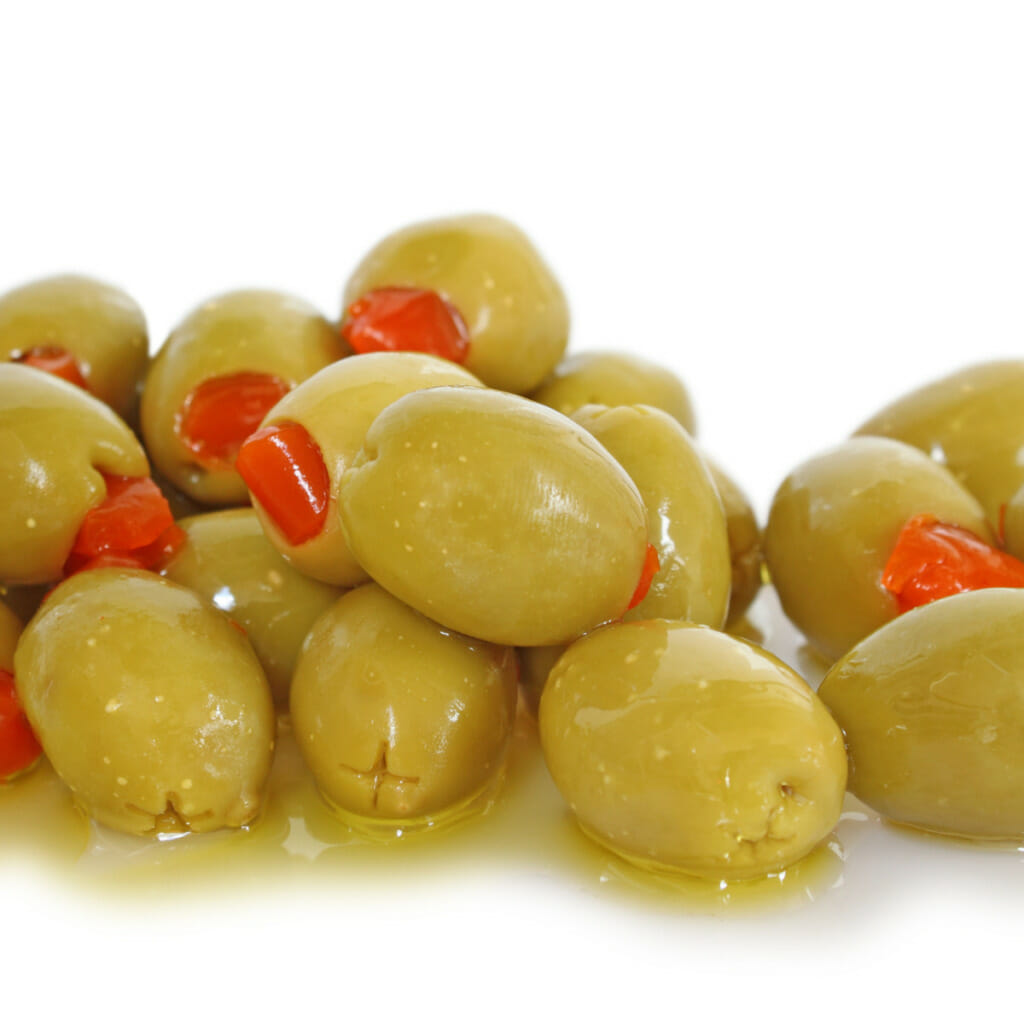When selecting items for your charcuterie board or boxes, olives are the most obvious choice. High-quality olives for charcuterie will make or break your pairings. They’re an integral part of any cheese board due to their natural flavor and the way they mingle with the other cheeses on board and enhance the flavors. This post is for olive enthusiasts. We will examine some of the perfect olives for charcuterie and how to present them with cheese, meat slices, or other fruits on board.
Table of Contents
Why are Olives a Great Choice for Charcuterie?
Olives are an essential part of any charcuterie combination. Whether you’re assembling a traditional charcuterie board or exploring options like pork-free charcuterie, olives provide a versatile and delicious choice. If you’re looking for alternatives to the classic charcuterie board, you can read how to assemble charcuterie cups for wedding with olives and other food.
Olives are technically a stone fruit, so they grow with a stone, also known as a pit, in the center. For charcuterie we recommend that you use pre-pitted olives that are cured in brine, oil, or salt. The classic olive flavor varies from sweet to savory and blends well with other cheeses and deli meat. Raw olives can be bitter and difficult to eat, but they are delicious once processed in different brines and salty solutions. Raw green olives are particularly bitter and unpleasant. However, the post-processed taste is incomparable for pairing with cheese, cured meats, and even certain beverages.
Olives come in many varieties, each with its peculiar taste and aroma. They blend and enhance the flavors of cured meat, deli slices, soft and hard cheeses, and fruits on a charcuterie board.
Olives look aesthetically pleasing on cheese, but their tender flesh and umami flavor bring out the best of any cheese. The olive bar, along with the cheese slices or cubes, look very classy and elegant.
What Types of Olives for Charcuterie Board Should You Choose?
When it comes to charcuterie boards, you need to know more about the flavors of a variety of olives so that you can pair them with the other items on your board. Fresh olives are bitter, and should only be eaten if they are cured. Let’s discuss some kinds of olives.
Kalamata
Kalamata olives are deep purple and brown. These Greek olives have a smoky and rich, fruity taste. Although called oil-cured olives, Kalamata is preserved in red wine, and they pair well with meat roses and deli slices.
Castelvetrano
These are bright green colored olives and have a mild buttery flavor. They go with cheese and red wine. These Sicilian olives are famous for their crisp and meaty texture.
Cerignola Olives
These are large-sized olives of green color. They are crisp and have a buttery flavor that blends well with cheese, capers, and meat slices, which makes them great olives for charcuterie.
Nyon
These olives are black olives and very petite in size. These teeny olives are dry-cured and then aged in brine. They have a meaty and bitter taste with a strong aroma.
Nicoise
These are glistening jet-black olives and have an herbal fragrance. Nicoise olives are used to make tapenade. You can sense a faint note of licorice in these olives. These are available as oil-cured or salt-cured olives.
Liguria
Liguria olives come in greenish and black colors. They are cured with mixed bay leaves, thyme, and rosemary. These unblemished olives have rich flavor and are extra juicy.
Gaeta
Gaeta olives are grown in Italy. These flavorful purplish-black olives have a citrusy flavor. They are either dried-cured or brine-cured. Gaeta olives go well with pine nuts, snacks, and capers on a charcuterie board.
Picholine
These French olives are green and have a nutty taste with a hint of tartness. They are crisp and crunchy, and they pair well with semi-soft and soft cheese.
Gordal
Gordal olives are from Spain. They are big, round, and have plenty of meaty richness. Gordal olives have a rich taste and go well with hard and soft cheese and deli meat slices.
Alfonso
Alfonso are deep purple olives for charcuterie. These are brine-cured and macerated. The olives are the star of any charcuterie board and excellent with red wine. They’re juicy and fleshy with a sour bitterness.
Mission
Another variety of black olives, Mission Olives, are from the USA. These are oil-cured or brine-cured olives that have bright and grassy flavors that go well with cheese, nuts, and wine.
Manzanilla
Manzanilla olives are from Spain and have a green color. The oval-shaped Spanish olives are often stuffed with pimento. You can also dress them with olive oil and fresh garlic. They go well with crusty bread and Fino sherry.
Beldi
These olives are from Morocco. These brine-cured, slightly bitter olives have a rich, intense flavor. You can serve them in salads and platters.
Amfissa
Amfissa olives have green and black and are from Greece. The olives are slowly cured in brine. They have a fruity and mild taste and go well with cheese and cured meat.
Final Words
Olives for charcuterie are essential. They can be dressed up or down for any kind of event, and, if you choose carefully, pair beautifully with the right cheese, meats, or even certain beverages. We have given a detailed overview of our favorite olives. Knowing different types helps you choose the best for the board.




